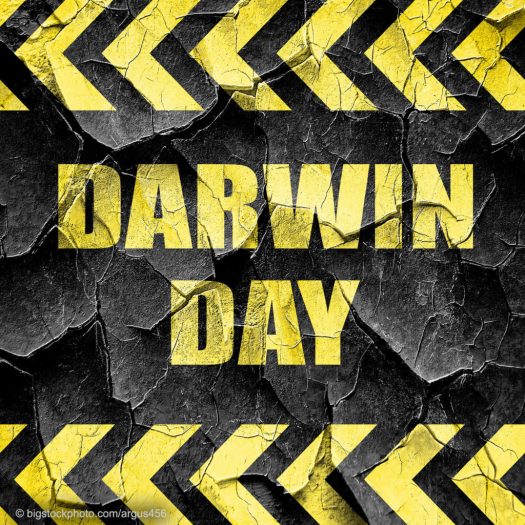
There have been continuing discussions concerning circumcision health benefits. Iceland’s Parliament is considering a bill that would impose a six-year jail term on anyone who “removes part or all of a child’s sexual organs for non-medical reasons.” Silja Dogg Gunnarsdottir who presented the measure said that a 2005 bill banned female genital mutilation. She felt that there was no male equivalent, so she introduced this bill.
Atheists and skeptics have attacked the Bible because they say that circumcision is an unnecessary and barbaric religious tradition, so there is atheist support for Gunnarsdottir’s proposal.
The problem in the whole discussion of circumcision is that legislators are ignoring the scientific evidence and making a judgment based on emotions rather than facts. Here are some statements of evidence:
1-According to the American Academy of Pediatrics, uncircumcised boys are more likely to get urinary tract infections than circumcised boys, and penile cancer is more prevalent in uncircumcised males.
2-Studies in multiple African countries showed that male circumcision reduced the chances of getting HIV by over 50% and the Journal of the American Medical Association (JAMA) reported that “the protective efficacy of male circumcision increases with time from surgery.”
3-The National Institute of Allergy and Infectious Diseases reported that circumcision reduces the rate of HIV, HPV, and genital herpes.
Jewish and Islamic leaders are claiming that outlawing circumcision is an attack on their faith. We would suggest there is a medical, hygienic reason related to infection, cancer in their wives later in life, and prevention of disease that must be considered in approaching this subject. Female genital mutilation is a completely different issue, with no beneficial side effects at all.
The bottom line is that scientific studies indicate that there are circumcision health benefits in today’s world.
–John N. Clayton © 2018









